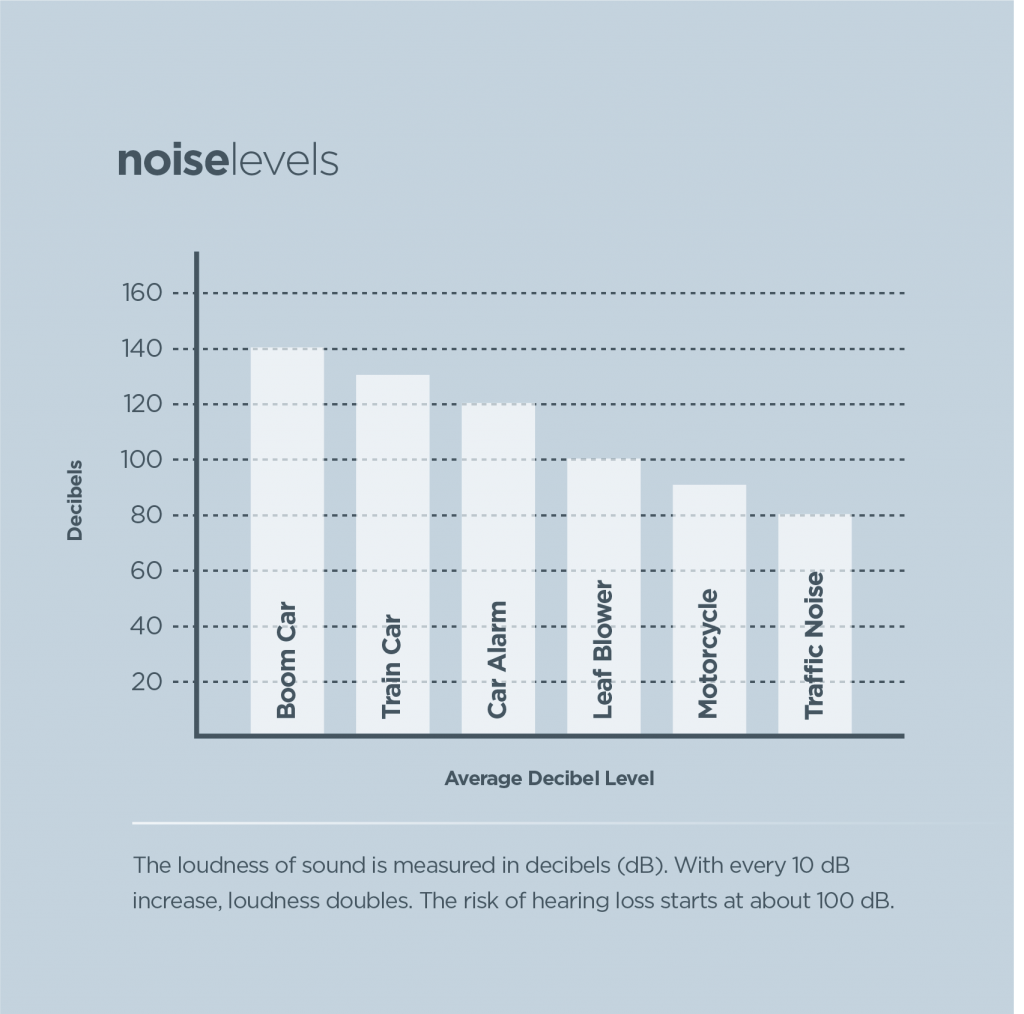One Of The Most Effective Stress Washing Methods For Numerous Surfaces
One Of The Most Effective Stress Washing Methods For Numerous Surfaces
Blog Article
Author-Elgaard Hodges
When it concerns press washing, the technique you select can make all the difference in accomplishing a clean, streak-free finish. You may discover that tough surface areas, like concrete, need a various strategy than softer products, such as timber or plastic. It's important to adapt your approaches to the surface type to avoid damages while making best use of cleansing efficiency. So, what are the very best strategies for every surface, and exactly how can you ensure you're utilizing the appropriate settings and devices for the task? Let's explore what you require to understand to get the most effective outcomes.
Tough Surfaces
When it concerns pressure cleaning difficult surfaces, prep work is key. Prior to you also consider taking out the pressure washer, take the time to get rid of the location of any type of particles, furniture, or barriers. You don't want anything entering your means or possibly damaging your devices.
Next, inspect the surface area for any type of cracks or damage; this will certainly aid you determine the ideal strategy and pressure setups.
Once you've prepared the location, it's vital to choose the best nozzle. For hard surfaces like concrete or block, a narrow nozzle (15 or 25 levels) functions best to supply a focused stream of water that can successfully remove grime and stains. Always start at a distance and gradually move better to prevent any surface area damages.
As you begin washing, keep the wand moving to stop touches and over-saturation. It's also valuable to work from the top down, allowing dust and particles to get rid of naturally.
Lastly, keep in mind to wash the surface thoroughly after cleaning to remove any type of remaining cleaning agent. With these strategies, you'll attain a clean and renewed look on all your hard surfaces.
Soft Surfaces
Pressure cleaning soft surface areas calls for a gentler strategy to safeguard them from damage. Whether you're cleansing your deck, outdoor patio furniture, or house siding, using way too much stress can result in dents, scratches, or even permanent injury.
Beginning by picking a low-pressure nozzle, ideally a 25-degree or broader spray pattern, to disperse the water much more delicately.
Before you start, it's vital to pre-treat any type of spots with a suitable cleaning remedy. This action enables the cleaner to pass through the dirt and crud, making it easier to remove without rubbing also hard.
Always apply the solution from the bottom up to prevent spotting.
When you start pressure cleaning, keep a distance of at least 12 to 18 inches from the surface area. Relocate https://auditoriumcleanersservice32097.livebloggs.com/38975521/a-thorough-guide-to-making-an-informed-choice-regarding-stress-washing-provider in a sweeping movement, keeping it alongside the surface to stay clear of concentrated stress on one spot.
Wash the location completely after cleaning to eliminate any type of recurring cleaner.
Lastly, inspect the surface area for any kind of missed out on areas and repeat the process if essential. By complying with these actions, you can properly clean soft surfaces while protecting their honesty and look.
Specialty Surfaces
Cleaning up soft surface areas calls for care, but specialty surfaces demand even more focus to information. When you take on these surfaces, like delicate wood, stained concrete, or particular sorts of house siding, making use of the ideal pressure washing strategies is crucial to prevent damages.
Initially, analyze the product. For instance, treated timber can typically withstand moderate stress, but softer timbers like cedar may call for a lower setting. Always begin with the most affordable pressure and gradually enhance if required.
For stained concrete, use a follower spray nozzle and maintain a regular range to prevent etching the surface area.
When dealing with surfaces like plastic home siding or painted surface areas, a wide spray pattern helps distribute the pressure evenly, safeguarding the surface.
It's also wise to utilize cleaning agents particularly made for specialized surface areas. They can enhance cleaning without endangering the product.
Rinse thoroughly after washing to remove any type of deposit, as it can lead to discoloration or degeneration in time.
Verdict
In conclusion, understanding pressure washing strategies for different surface areas can make all the distinction in your cleansing results. For tough surfaces, stick to slim nozzles and a top-to-bottom strategy, while soft surfaces require a gentler touch with broader nozzles. Do not neglect to pre-treat discolorations and rinse completely to stay clear of residue. By adjusting your approaches per material, you'll not only achieve a cleaner surface yet likewise safeguard the stability of your surfaces. simply click the following post !
